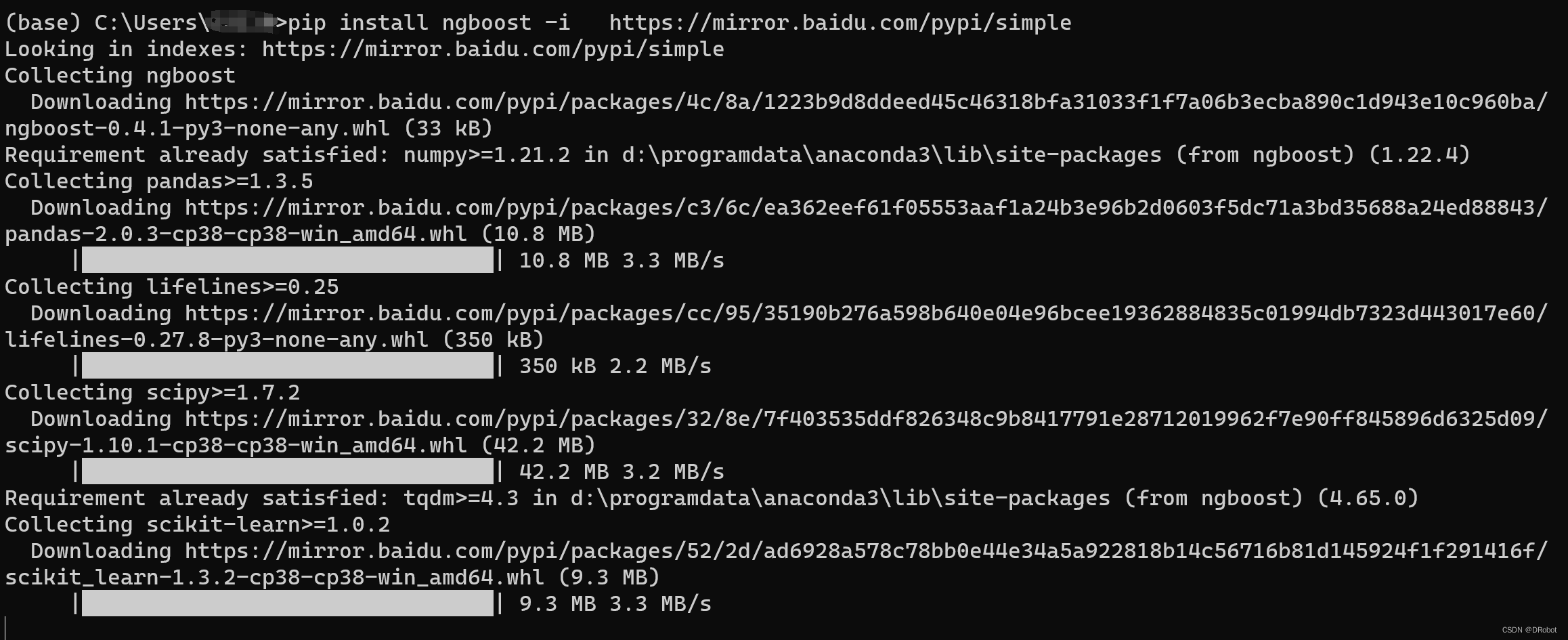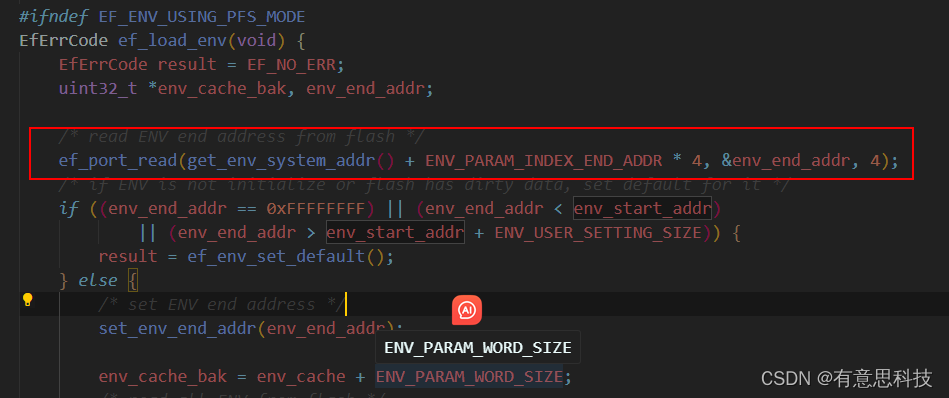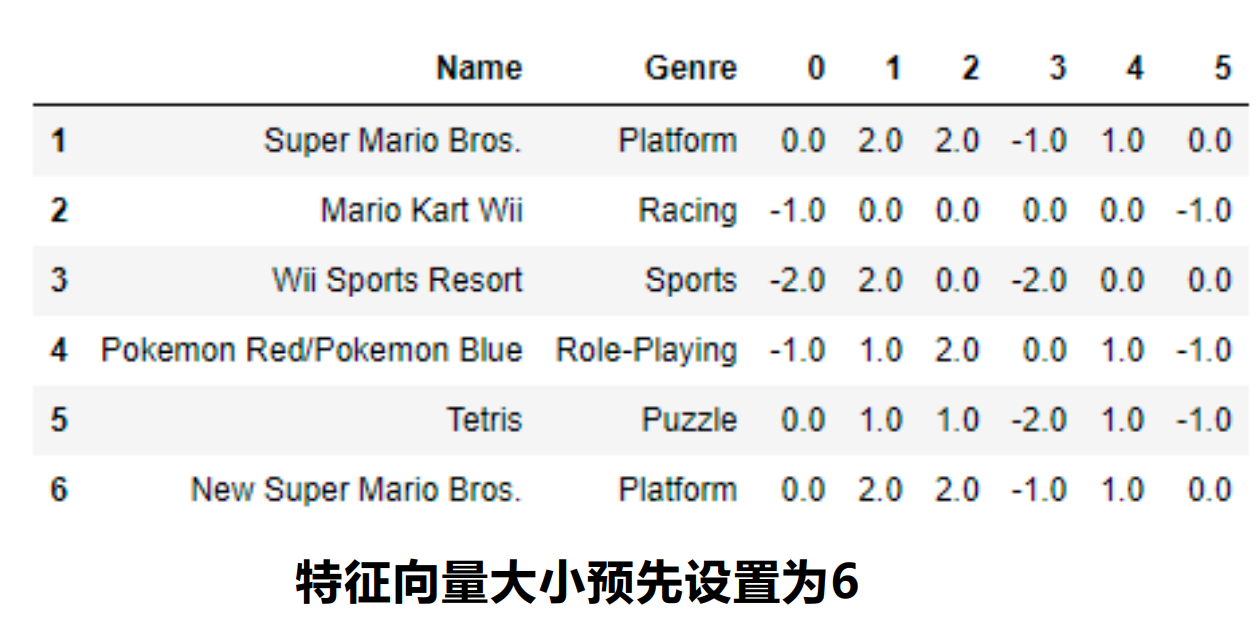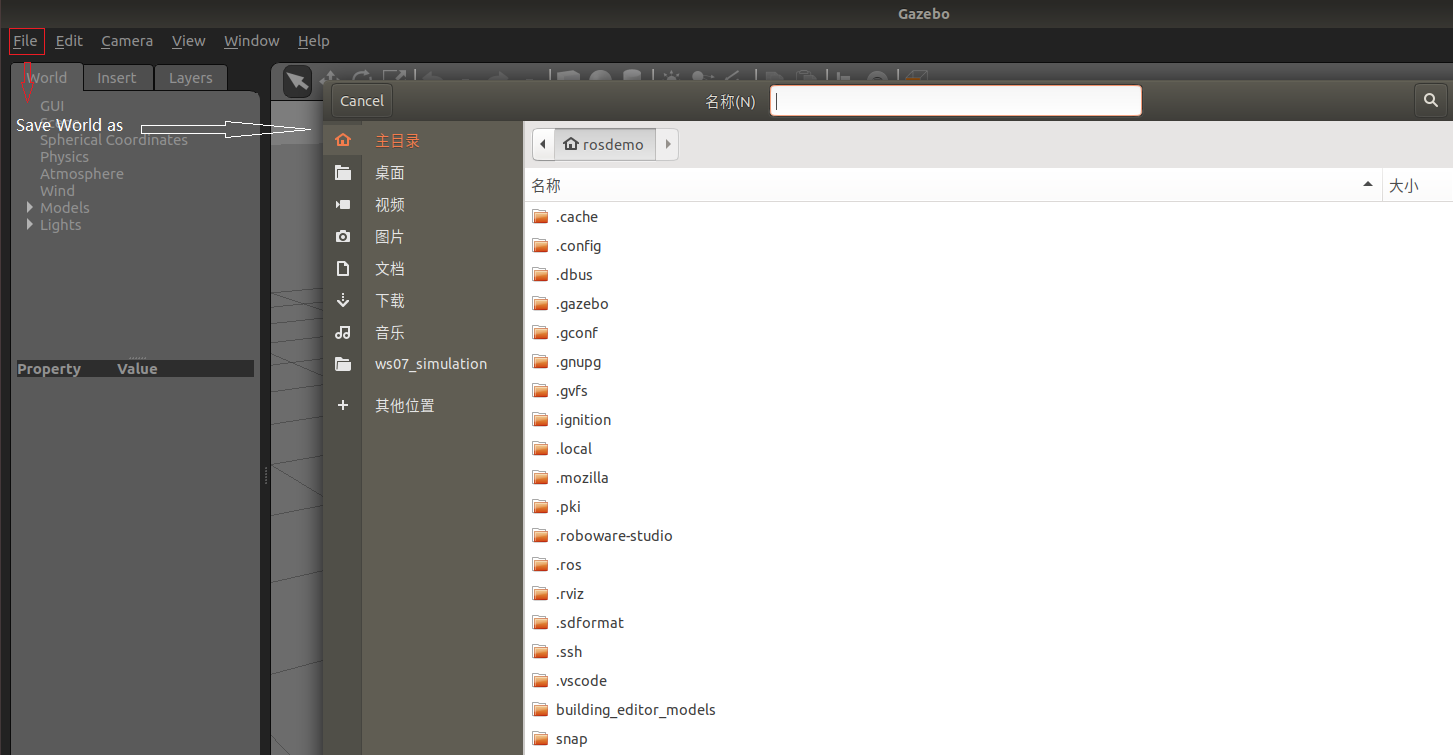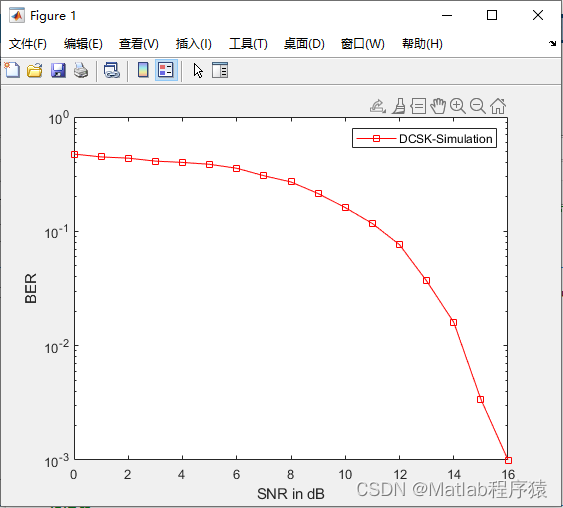状态模式
介绍
| 设计模式 | 定义 | 案例 | 问题堆积在哪里 | 解决办法 |
| 状态模式 | 一个对象 状态可以发生改变 不同的状态又有不同的行为逻辑 | 游戏角色 加载不同的技能 每个技能有不同的:攻击逻辑 攻击范围 动作等等 | 1 状态很多 2 每个状态有自己的属性和逻辑 | 每种状态单独写一个类 角色需要那个状态就加载哪一个 |
类图
角色:
stateBase 抽象状态
stateA 具体状态A
stateB 具体状态B
stateC 具体状态C
FactoryState 状态工厂

代码
RoleContext
using System.Collections;
using System.Collections.Generic;
using UnityEngine;
public class RoleContext
{
string name;
StateBase currentState = null;
public RoleContext()
{
name = "独孤求败";
}
// 展示动作
public void ShowAction()
{
if (null != currentState)
{
currentState.Action();
}
}
// 切换状态
public void ChangeActionState(StateBase newState)
{
currentState = newState;
}
}
StateBase
public abstract class StateBase
{
public abstract void Action();
}
StateA
using System.Collections;
using System.Collections.Generic;
using UnityEngine;
public class StateA : StateBase
{
string name = "普攻";
public override void Action()
{
Debug.Log("释放-" + name);
}
}
StateB
using System.Collections;
using System.Collections.Generic;
using UnityEngine;
public class StateB : StateBase
{
string name = "次元斩";
public override void Action()
{
Debug.Log("释放-" + name);
}
}
StateC
using System.Collections;
using System.Collections.Generic;
using UnityEngine;
public class StateC:StateBase
{
string name = "升龙击";
public override void Action()
{
Debug.Log("释放-" + name);
}
}
FactoryState
using System.Collections;
using System.Collections.Generic;
using UnityEngine;
public class FactoryState
{
// 单例
static FactoryState self = null;
FactoryState() { }
public static FactoryState Instance()
{
if (null == self)
self = new FactoryState();
return self;
}
Dictionary<string, StateBase> dic = new Dictionary<string, StateBase>();
// 获取实例
public StateBase GetStateIns(string className)
{
StateBase ins = null;
switch (className)
{
case "StateA":
{
if (false == dic.ContainsKey(className))
ins = new StateA();
else
ins = dic[className];
}
break;
case "StateB":
{
if (false == dic.ContainsKey(className))
ins = new StateB();
else
ins = dic[className];
}
break;
case "StateC":
{
if (false == dic.ContainsKey(className))
ins = new StateC();
else
ins = dic[className];
}
break;
default:
Debug.Log("未发现该类!");
break;
}
return ins;
}
}
测试代码
using System.Collections;
using System.Collections.Generic;
using UnityEngine;
public class TestZT : MonoBehaviour
{
void Start()
{
RoleContext role = new RoleContext();
// 切换技能A
role.ChangeActionState(FactoryState.Instance().GetStateIns("StateA"));
role.ShowAction();
// 切换技能B
role.ChangeActionState(FactoryState.Instance().GetStateIns("StateB"));
role.ShowAction();
// 切换技能C
role.ChangeActionState(FactoryState.Instance().GetStateIns("StateC"));
role.ShowAction();
}
}
结果

总结
状态模式
1 是一个非常好用的 解耦合的手段, 角色不同的状态封装不同的(动作,属性,限制)
2 非常符合对修改封闭对扩展开发的原则。
3 让状态的职责更加的单一
4 也符合了依赖倒置 ,依赖了抽象
5 符合了迪米特原则,角色对状态类内部的具体实现不知道
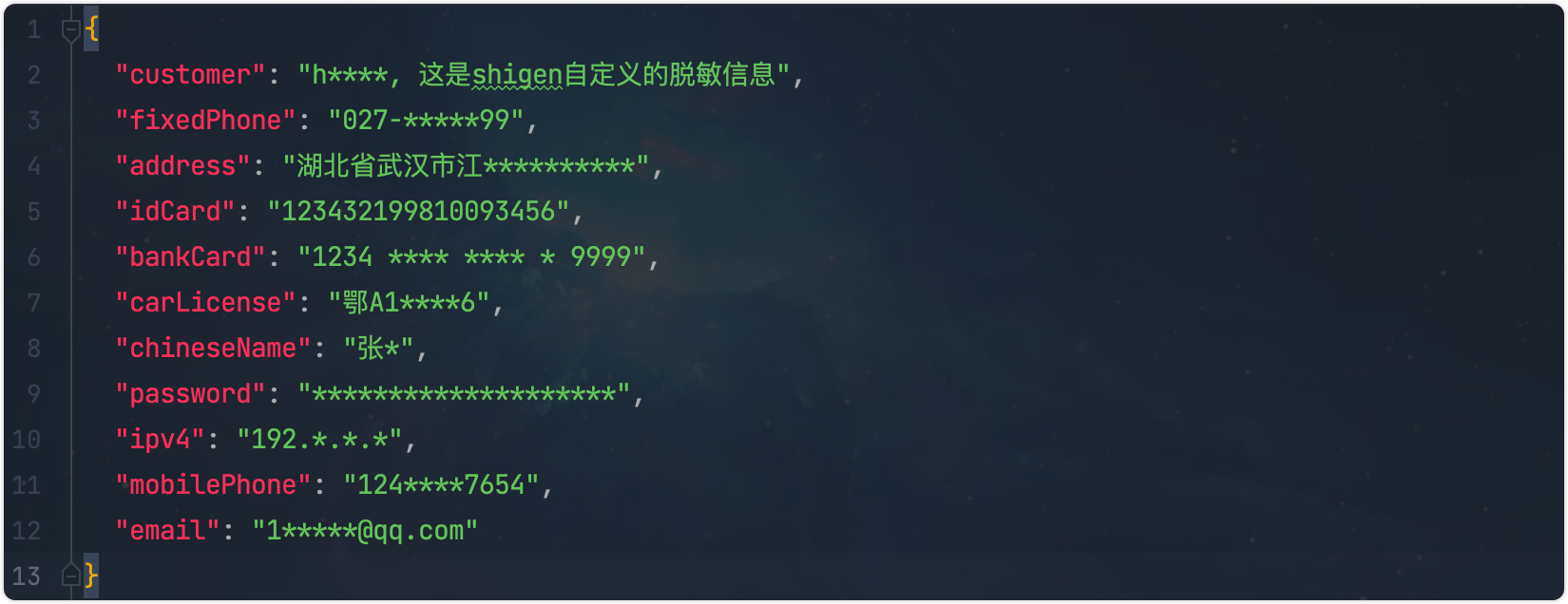
![[C++]命名空间等——喵喵要吃C嘎嘎](https://img-blog.csdnimg.cn/f74c76d54537422ca5d9ba61d83b4bfb.png)




